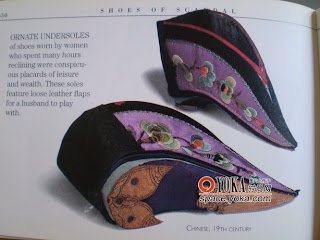China RedChinese Cheongsam(Qipao)


The cheongsam is a high-necked dress with distinctive Chinese features. The dress is buttoned on the right side, with a loose chest, a fitting waist, and slits up from the sides, all of which combine to enhance the beauty of the female shape. Easy to slip on and comfortable to wear, the cheongsam perfectly fits the beautiful figure of females.
The Cheongsam, especially the red-colored, is one of the most typical, traditional costumes of Chinese women. Even though Cheongsam is not often appearing in daily life, it is worth collecting, for it reflects the Chinese culture and arts with its national characteristics and strong happy colors and fashion designs. That’s why brides in China choose red cheongsam as their most preferred dress, to perform the traditional Chinese wedding ceremony and create a happy environment.
The cheongsam enjoys a long history and is now enjoying resurgence in popularity in the world of international fashion. After evolvement and development, Cheongsam has become an inspiration for fashion designers. Regarded as a symbol of the Chinese nation, Cheongsam is often seen worn by women on formal or semi-formal occasions. In either case, it creates an impression of simple and quiet charm, elegance and neatness. No wonder cheongsam is so much liked by women not only of China but of foreign countries as well.
The Cheongsam, especially the red-colored, is one of the most typical, traditional costumes of Chinese women. Even though Cheongsam is not often appearing in daily life, it is worth collecting, for it reflects the Chinese culture and arts with its national characteristics and strong happy colors and fashion designs. That’s why brides in China choose red cheongsam as their most preferred dress, to perform the traditional Chinese wedding ceremony and create a happy environment.
The cheongsam enjoys a long history and is now enjoying resurgence in popularity in the world of international fashion. After evolvement and development, Cheongsam has become an inspiration for fashion designers. Regarded as a symbol of the Chinese nation, Cheongsam is often seen worn by women on formal or semi-formal occasions. In either case, it creates an impression of simple and quiet charm, elegance and neatness. No wonder cheongsam is so much liked by women not only of China but of foreign countries as well.


























